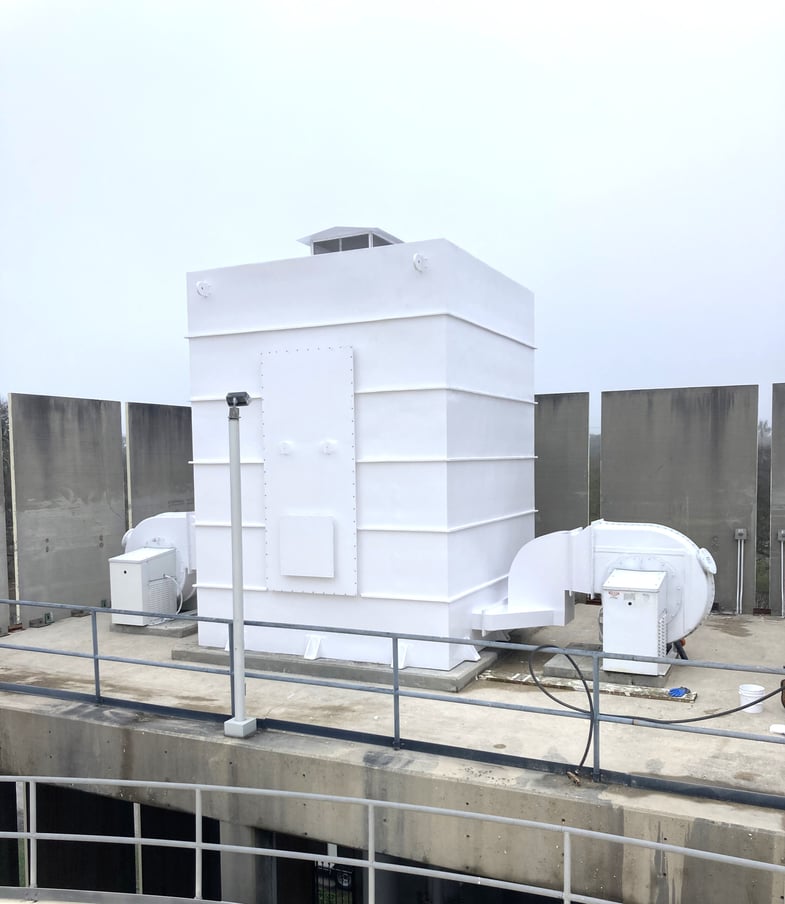The Fundamentals of Water Decarbonation
Water decarbonation, also known as degasification, is the process of removing carbon dioxide (CO2) from water. This procedure is essential in various sectors, including aquaculture, municipal water treatment, industrial processes, and the food & beverage industry. The presence of CO2 in water can lead to multiple problems, including equipment corrosion, reduced efficiency in water treatment systems, and negative impacts on aquatic life.
Understanding the basics of water decarbonation involves familiarizing oneself with the principles of gas solubility and the interactions between dissolved gases and water. The process typically involves altering the conditions surrounding the water to release dissolved CO2. This can be achieved through various means, such as aeration, air stripping, and the use of specialized decarbonation towers.
The Role of Henry's Law in CO2 Removal
A key principle in the process of water decarbonation is Henry's Law, which states that the amount of gas dissolved in a liquid is proportional to the partial pressure of that gas in the atmosphere above the liquid. In simpler terms, the higher the concentration of CO2 in the air, the more CO2 will dissolve in the water. Conversely, reducing the CO2 concentration in the surrounding air will decrease the amount of dissolved CO2 in the water.
When designing a decarbonation system, it's crucial to consider Henry's Law to ensure efficient CO2 removal. By creating conditions that lower the partial pressure of CO2 in the surrounding atmosphere, the dissolved CO2 can be effectively stripped from the water. This can be achieved using various technologies, such as induced draft and forced draft decarbonators, which introduce air to the water and facilitate the release of CO2.
Impacts of CO2 on Equipment and Aquatic Life
The presence of CO2 in water can have detrimental effects on both equipment and aquatic life. In industrial and municipal water treatment systems, high levels of CO2 can lead to the formation of carbonic acid, which can corrode pipes, tanks, and other equipment. This not only reduces the lifespan of the equipment but also increases maintenance costs and the risk of system failures.
In aquaculture, elevated CO2 levels can harm fish and other aquatic organisms. CO2 can lower the pH of the water, creating an acidic environment that can stress or even kill aquatic life. Maintaining optimal CO2 levels is critical for ensuring the health and productivity of aquaculture operations.
Efficient Methods for Removing CO2 from Water
There are several methods for removing CO2 from water, each with its advantages and limitations. One of the most cost-effective and efficient methods is the use of decarbonation towers. These systems work by introducing air to the water, which helps release the dissolved CO2. Companies like DeLoach Industries specialize in manufacturing induced draft and forced draft decarbonators that can achieve high levels of CO2 removal while maintaining low operating costs.
Another method is membrane degasification, which uses semi-permeable membranes to separate CO2 from the water. While this technology can be effective in certain applications, it often comes with higher capital and operating costs compared to decarbonation towers.
Vacuum degasification is another technique that involves subjecting the water to a vacuum, which lowers the partial pressure of CO2 and facilitates its removal. Though effective, this method can also be more expensive and complex to implement.
Maintaining Optimal pH Levels to Prevent Bicarbonate Formation
Controlling the pH of the water is crucial for preventing the formation of bicarbonates, which can complicate the decarbonation process. When the pH of the water drops below 4.5, all dissolved CO2 remains as an uncombined gas, making it easier to remove through decarbonation. However, if the pH rises above 8.5, CO2 can ionize to form bicarbonates, which are more difficult to remove.
By monitoring and adjusting the pH of the water, operators can ensure the efficient removal of CO2. For example, in municipal water treatment facilities, maintaining a pH of 5.0 to 5.5 during membrane treatment can prevent scaling and optimize the performance of the decarbonation process. In high-purity water systems, a lower pH of 4.5 may be required to meet stringent purity standards.
The Role of DeLoach Industries in Advancing Water Decarbonation
DeLoach Industries has been at the forefront of water decarbonation technology, providing innovative solutions for various industries. Our expertise in designing and manufacturing decarbonation towers and degasification systems has made us a trusted partner for businesses seeking efficient and cost-effective CO2 removal.
DeLoach Industries offers both induced draft and forced draft decarbonators, which are designed to achieve high levels of CO2 removal while minimizing operating costs. Their systems are tailored to meet the specific needs of each application, whether it's municipal water treatment, industrial processes, or aquaculture.
By partnering with industry leaders like DeLoach Industries, businesses can ensure they are using the most advanced and effective technologies for water decarbonation. This not only helps protect equipment and aquatic life but also improves overall water quality and operational efficiency.
In summary, water decarbonation is a critical process for maintaining the health and efficiency of various systems across multiple industries. By understanding the principles of CO2 removal and leveraging advanced technologies, businesses can achieve optimal water treatment performance and ensure the longevity of their equipment and operations.



